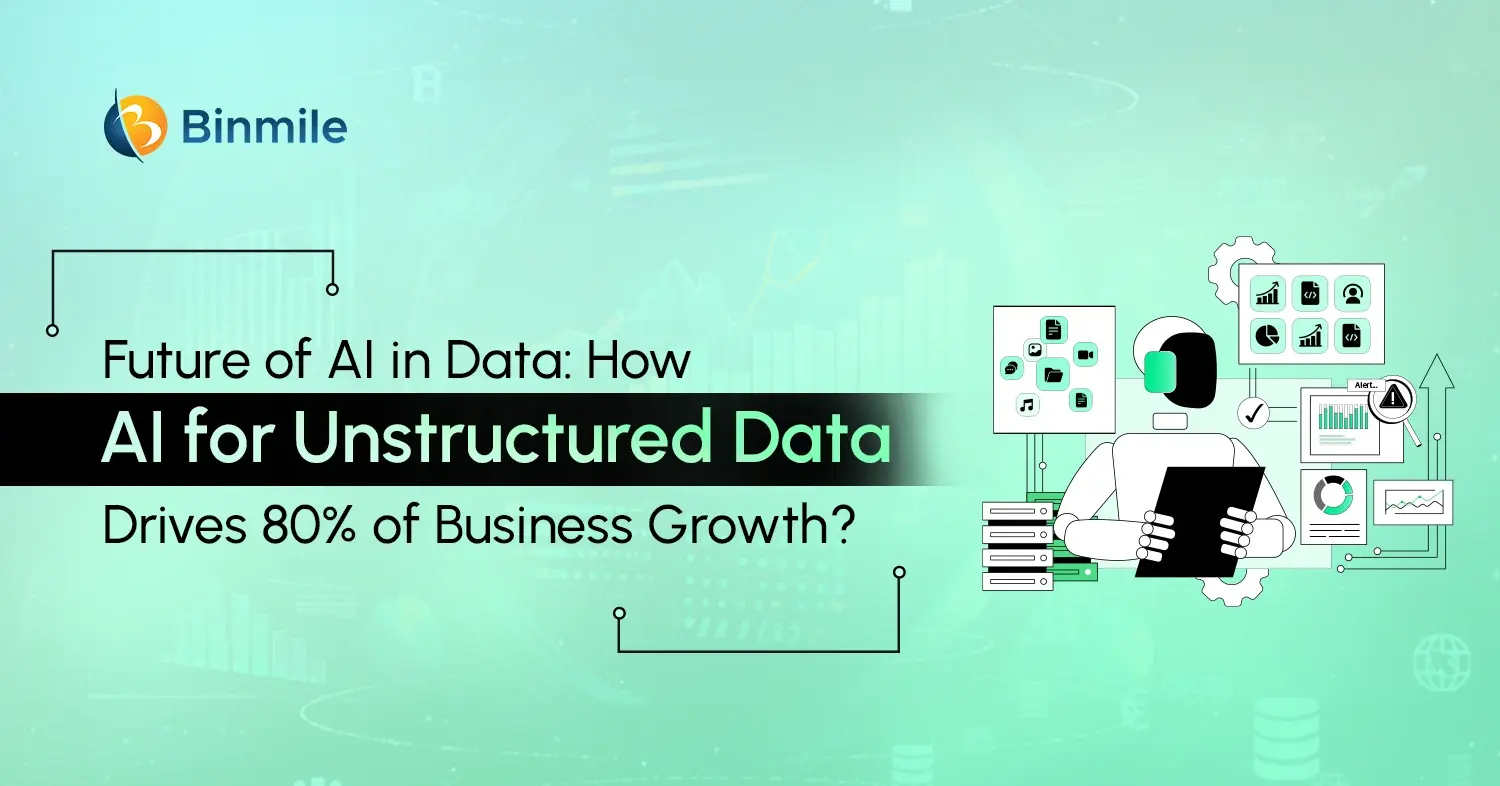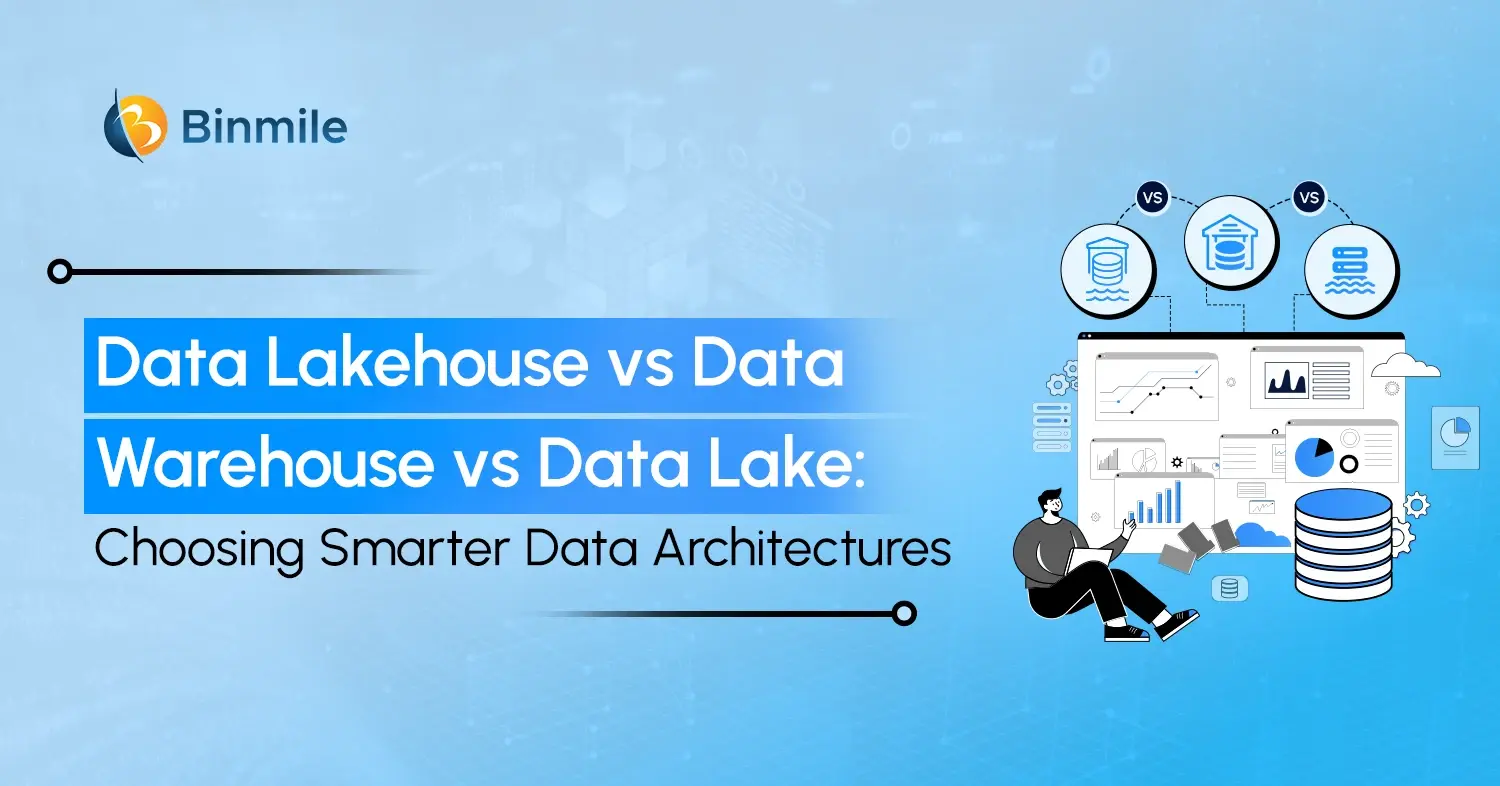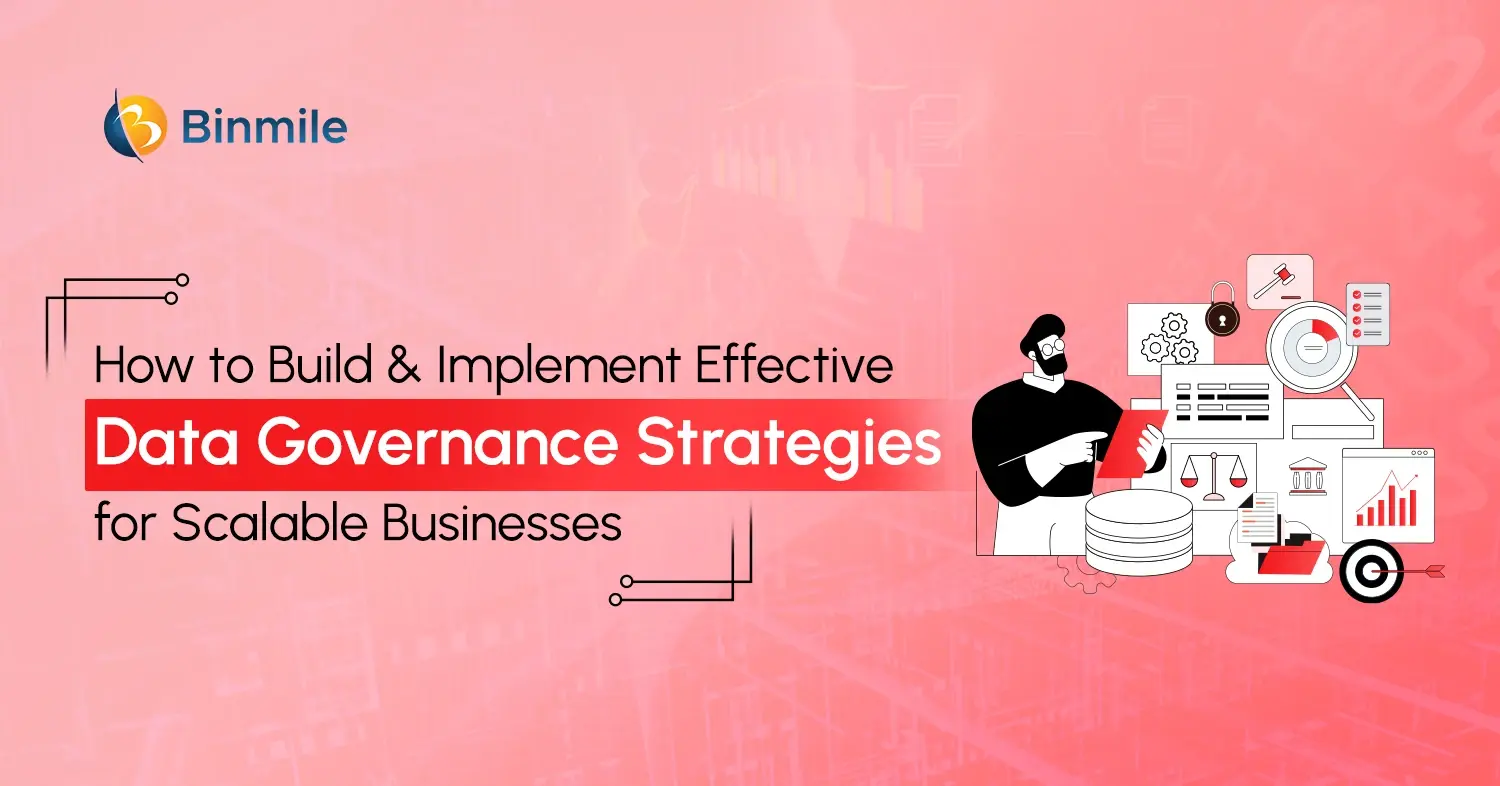- best practices data engineering
- Core Principles of Data Engineering
- data engineer best practices
- data engineering best practices
- data engineering standards
- Data modernization services
- etl best practices
- Importance of Data Engineering
- Performance Engineering
- performance testing
- performance testing to performance engineering
- Principles of Data Engineering
Data has become a crucial resource for businesses going digital. From customer service and personalization of products or services to business operations, data is the driving force. However, if businesses want to leverage this to their benefit, they need to know data engineering best practices. Also, how to use this data-driven insight to drive their operations. Data Engineering manages data from its generation, making it available and usable for data analysis and data science. As a process, it extracts information and insights from raw data to help businesses in strategic decision-making.
Understanding what kind of data will benefit your business the most, so you know where to invest your time and resources is what makes your business stand out. Businesses collect huge amounts of information from diverse sources. There’s not only a need to transform this raw data into valuable insights but also to do so by following data engineering best practices. Implementing the best way to collect, process, and analyze the data is important so how do you do that? What are the best steps to follow in data engineering for data’s optimal usage? Moreover, why is there a need to adopt data engineering to take full advantage of data and analytics? This blog will discuss this and more.
Here’s a look at 7 best practices that can help you generate more value out of your data for quick and effective data-driven decision-making.
Optimizing Data Quality: Data Engineering Best Practices

As discussed earlier, businesses especially digital transformation companies rely a lot on data for business-critical decisions such as how to acquire new customers or retain existing ones, and how to improve their products or services. Thus, data engineering helps them make sense of this vast amount of data at scale and enables them to drive conclusions or affect solutions related to their operations.
Therefore, when it comes to transforming raw data into some valuable information, there are some data engineering best practices a business must follow. So, let’s discuss them in detail!
7 Proven Data Engineering Best Practices to Optimize ETL Processes
Data engineering best practices bring in several advantages for businesses. They not only ensures that your ETL process meets current business needs but also adapts seamlessly to future challenges and opportunities. So here are 7 best practices to help you with effective data management:
1. Define Your Objectives
Establish certain goals as to why and what your organization set to achieve with the data acquired through the ETL process. For instance, do you want to improve customer engagement, boost time-to-insight, or enhance data governance? Finding answers to such questions will help you guide your data engineering efforts on track. This also allows you to keep the entire ETL process aligned with your organizational goals, thus saving both time and other resources.
2. Data Profiling & Quality Assurance
Data collection or extraction is incomplete if there’s no in-depth evaluation of the data. Therefore, conduct a deep data profiling of your data to get the gist of how it is being disbursed, what patterns and relationships it has, and where it comes from. To improve data quality in AI, consider using automation tools that can help you detect anomalies and outliers in your data without any errors or time consumption. In addition, develop a robust quality assurance framework consisting of data validation checks, anomaly detection, and methods for data cleansing. This ensures your system collects, processes, and generates high-quality, secure, and reliable data.
3. Metadata Management
This is a crucial step in data engineering best practices which is metadata handling. Metadata is the foundation of your data infrastructure. Data modernization services provide context with details about your data such as the source, type, owner, and relationships to other data sets. So, build a comprehensive metadata repository that can help you understand the relevance of a particular data set and guide you on how to use it or troubleshoot any issues. Further, having repository governance ensures that whatever metadata documentation you’ve kept is consistent, reliable, and accurate.
4. Error Handling and Logging
To gain insight and form business-critical decisions you need your data to be correct, reliable, and credible. Having errors or inconsistencies can have serious consequences, so detect and mitigate errors at different stages of the ETL process and log them with enough details. Logging errors at the appropriate level captures relevant details and facilitates identifying, resolving issues, and predicting future events. Therefore, by employing effective error-handling and exception-handling techniques you can ensure the reliability and robustness of your data pipelines.
5. Scalability & Performance Testing
Your data is going to grow as your business does. So make sure your ETL processes can handle the load. Make it happen by scaling it horizontally. Frameworks like distributed processing or cloud-based solutions can help you stay flexible. Businesses must implement performance-tuning practices such as index optimization, query optimization, and resource allocation adjustments. When you monitor performance metrics regularly and do continuous load testing, you can identify and resolve potential bottlenecks. We recommend you shift from performance testing to performance engineering to improve product quality and overall user experience.
6. Security and Compliance
With so much and such critical data being generated, collected, and processed throughout ETL, another key step in data engineering best practices is to keep it secure and compliant. Thus, implementing the applicable governance for data and utilizing appropriate data protection, security policies, procedures, and protocols ensures data is fully protected from unauthorized access, malware, and other cybersecurity threats. You can also keep your data encrypted when it’s stored or moved, and adhering to compliance procedures like GDPR or HIPAA, keeps you avoid any legal trouble.
7. Automation and Monitoring
Another important part of data engineering best practices is ensuring the quality of your data from the beginning of its journey to the end. Adopt the best data monitoring and observability practices as improving the quality and accuracy of your data ensures your organization can make the most of its data. To make data ETL and therefore data-driven decisions faster and easier, we recommend you automate repetitive and time-consuming tasks. With the help of AI development services, these tasks can be data ingestion, transformation, validation, cleansing, integration, and analysis, and setting up alerts for when things go off track and fix them before they cause bigger problems, saving time and effort.
Also Read: Data Engineering for AI With ETL, ELT & Feature Stores
Growing Importance of Data Engineering: An Introductory Overview
If you’re striving to build a data-first company, then it starts with organizing the data you have and its various sources. Data engineering comes into the picture and empowers you to harness the full potential of data and lead how it affects the entire organization. But how does data engineering work? We discussed some essential steps to simplify and amplify the process of ETL, so let’s talk about how it is done.
ETL in data engineering stands for Extract, Transform, and Load. It is the process of combining data from multiple sources into a large, central repository called a data warehouse. Further, in data engineering, there’s a crucial end-to-end process called data pipelines in transforming and transporting data to present it in a form that can be analyzed and used to drive some insights. There are the 3 common components of the data pipeline:
- Source(s): this is where the data comes from, it can be database management systems like MySQL or CRMs like Salesforce, some SM management tools, or even IoT devices.
- Processing Steps: this is where the data gets extracted from the sources, transformed and translated for meeting business needs, and then deposited at its destination
- Destination: it can be a data warehouse or data lake, a place where data arrives after being processed
Suggested Blog : What is MDM Implementation?
Understanding the Core Principles of Data Engineering: A Primer

Data engineering principles ensure that data systems are designed to be scalable, maintainable, and reliable. By adhering to them, data engineers or analysts can build systems that are easier to manage and less prone to errors. Additionally, these principles also ensure that your data is of high quality and can be trusted by stakeholders throughout the organization.
- Data as a product: This defines how each business domain or department manages its analytical data and shares it as “Data Products” with the rest of the organization.
- Domain-oriented decentralized data ownership: The Data team follows the product development principles. This is to create “data projects” that meet the requirements, scalability, iterability, and reusability of their goals and customers.
- Self-serve data infrastructure as a platform: It lets the data teams gain access to a single platform or infrastructure to simplify and smoothen management of and to keep connection with their data products.
- Federated computational governance: It directs the data team to follow a set of rules and processes to make sure data is of high quality. In addition, it keeps data secure, reliable, accurate, and compliant with privacy or data usage guidelines.
Read This: What is Data Lifecycle Management?
Wrapping Up
The significance data and accurate data hold for a business’s sustainable growth is huge. From consumer interest to product viability, businesses depend on data to get answers to these relevant inquiries. Therefore, data engineering acts as the foundation upon which business transforms raw data into valuable information. This further propels successful data analysis, business intelligence, and AI or mobile app development solutions. However, to ensure your organizations can leverage the full potential of data, you must follow data engineering best practices. After all, poor data engineering could cause various challenges for your organization such as inaccurate, unreliable data and wastage of resources, time, and money.
Therefore, as you move forward, it becomes even more essential for you to utilize effective data engineering frameworks to guide your organization’s pipelines. Although each organization may have to follow different processes and standards, some universal principles can help them enhance the ETL process and make it easier to work with the data acquired. Hopefully, the blog has given an insight into everything you need to know about data engineering, its best practices, and what role it plays in a business’s growth and anticipating future trends.
Frequently Asked Questions
Data engineer best practices are vital for several reasons:
- Efficiency: They help streamline data processing, reducing the time and resources needed to manage data pipelines.
- Data Quality: Following best practices ensures higher data quality, leading to more accurate insights and better decision-making.
- Scalability: Adopting these practices makes it easier to scale data infrastructure as business needs grow.
- Collaboration: Best practices promote better collaboration among team members, improving communication and project outcomes.
Following ETL best practices ensures data is accurate, timely, and ready for analysis. This leads to better decision-making, enhanced business intelligence, and improved overall data management.
Data engineering principles emphasize the importance of data quality by promoting practices such as data validation, cleansing, and transformation. By implementing these principles, organizations can ensure that the data used for analysis is accurate, consistent, and trustworthy.









